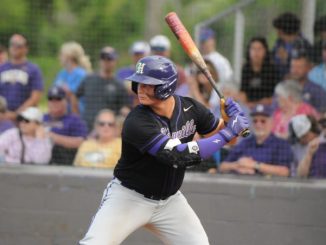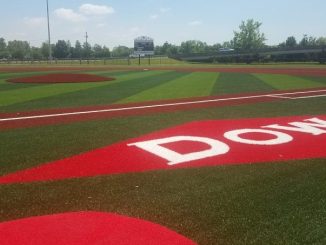
Some lower-scoring schools face challenges to attendance, achievement
Another school year is over in St. Charles Parish and that means that LEAP, iLEAP and GEE state testing scores are in.
As far as test scores are concerned, it’s been another good year in the parish with 75 percent of students scoring at basic level or above – the same as 2009.
Since 2007, the amount of students scoring a basic level or above has risen by 3 percent.
At all grade levels tested, St. Charles Parish consistently scored higher than the state average overall.
Rachel Allemand, assistant superintendent of curriculum, instruction and assessment for the school district, said that this can be due to the support that the parish gives the school system and the students.
“The consistently high scores can be attributed to factors such as the support of public education provided by taxpayers, the involvement of parents, community members, and business/industry in the schools, leadership by the school board and administrators, focused instruction provided by teachers and support personnel and an understanding of the value of education by students,” Allemand said.
In the iLEAP test for 3rd grade, almost all parish schools had a lower percentage of students at the unsatisfactory level than the state average. St. Rose Elementary was the only school to have a higher unsatisfactory percentage than the state: 14 percent scored unsatisfactory in the English language arts category to the state’s 13 percent. But at New Sarpy Elementary, no students scored at the unsatisfactory level in the science category and a far greater percentage scored at the advanced level in both English and mathematics over other parish schools.
Allemand said that New Sarpy’s success in these categories can be attributed to many factors, but that the district attempts to create a level playing field for all students.
“The high levels of achievement at New Sarpy Elementary can be attributed to the quality of teaching and learning coupled with the fact that many of the students at this school do not have the challenges to student achievement and attendance that are often associated with living in poverty,” Allemand said.
In the LEAP test for 4th grade students, almost every school had a lower percentage of students scored as unsatisfactory and a higher percentage of students scored as advanced when compared to the state.
At Lakewood Elementary, 12 percent of students scored as advanced in English – over twice the state’s average. But at Norco Elementary 4-6, zero percent of students scored as advanced in Mathematics, and at Luling Elementary zero percent scored as advanced in social studies.
Allemand said that these low percentages in advanced-level scores is not something to worry too much about.
“Scores fluctuate somewhat from year to year. Neither of these is cause for alarm,” she said. “While the percent of students scoring advanced declined from 1 percent in 2009 to zero percent in 2010, Luling Elementary had an 8 percent increase in the percent of students scoring at the mastery level in social studies. Norco 4-6 had a decline in the percent of students scoring at the advanced level in Math, but it had an increase in the percent of students scoring mastery or higher in science.”
For the 8th grade LEAP test, parish schools scored consistently higher than the state average. Eight percent of J.B. Martin Middle students scored in the advanced level in English language arts – over twice the state average, and most parish middle schools received less than half of the state’s average of unsatisfactory scores. J.B. Martin and Harry Hurst middle schools also had 10 or more percent of students score in the advanced level for Mathematics, over twice the state average.
But R.K. Smith Middle had zero percent of students score in the advanced level for social studies, with most scoring at the basic level.
In the GEE testing for high school students, St. Charles Parish schools’ scores were consistent with state averages. Only 2 to 4 percent of students at Destrehan and Hahnville high schools scored as advanced in English language arts, with the majority of students scoring at the basic level. In mathematics, 10 to 11 percent of students at the schools scored at the advanced level. In science, 3 to 4 percent of students received advanced scores, with about 50 percent of remaining students scoring at the basic level. And in social studies, only 1 to 2 percent of parish high schoolers scored as advanced, with 65 to 66 percent scoring at the basic level.
Allemand said that state testing scores as well as other evaluations are used to help improve the learning environment of parish schools each year.
“Some of the recent initiatives to increase student learning include a focus on literacy development across grades and content areas, the use of inquiry-based science lessons, and problem-solving in mathematics,” Allemand said. “Teachers and administrators analyze student achievement on state, district and teacher-made assessments to identify students’ strengths and challenges. This information is then used to develop and adjust instructional plans.”
Allemand added that despite the schools consistently testing high, the district is always planning to make the next year even better.
“While there was a 3 percent decrease in the 4th grade LEAP passing rate in 2010, there was a 5 percent increase in the 8th grade passing rate. GEE scores were about the same as in 2009, a year of significant growth,” she said of the progress since 2009. “Continued growth in the percent of students passing LEAP and scoring at the higher levels of mastery and advanced will be a focus for the upcoming year.”




Be the first to comment